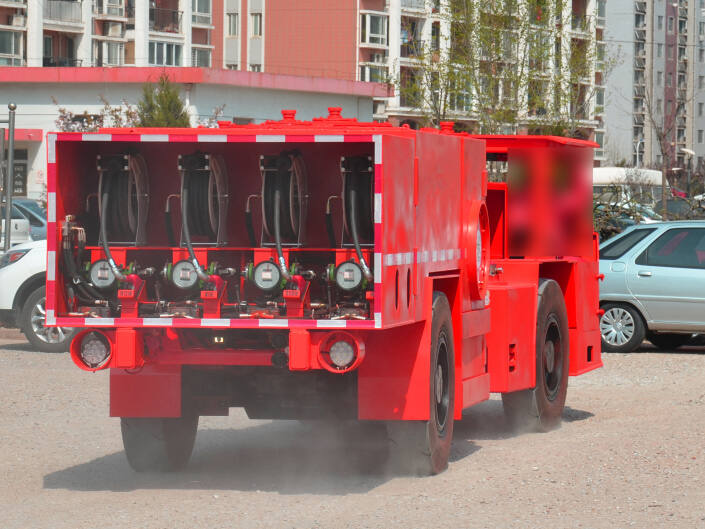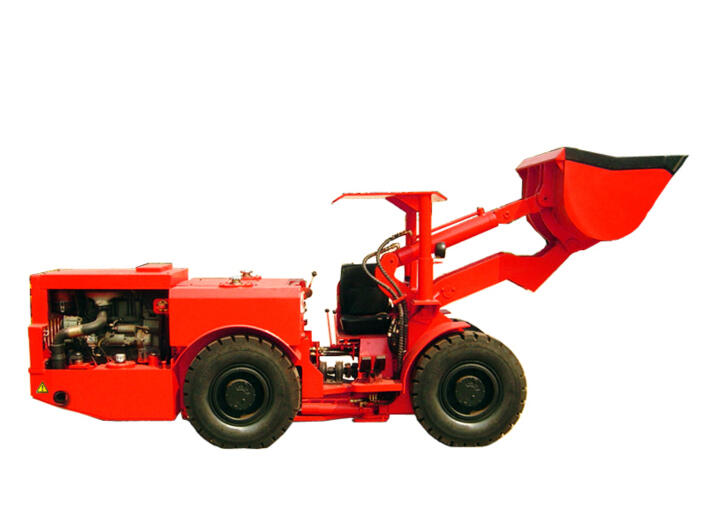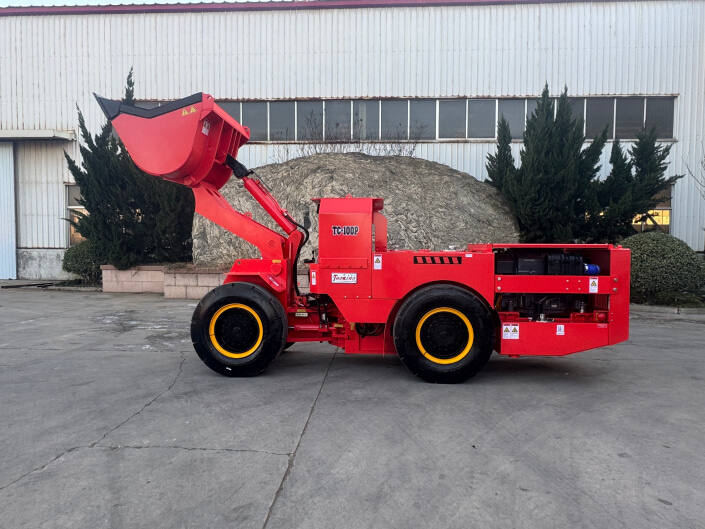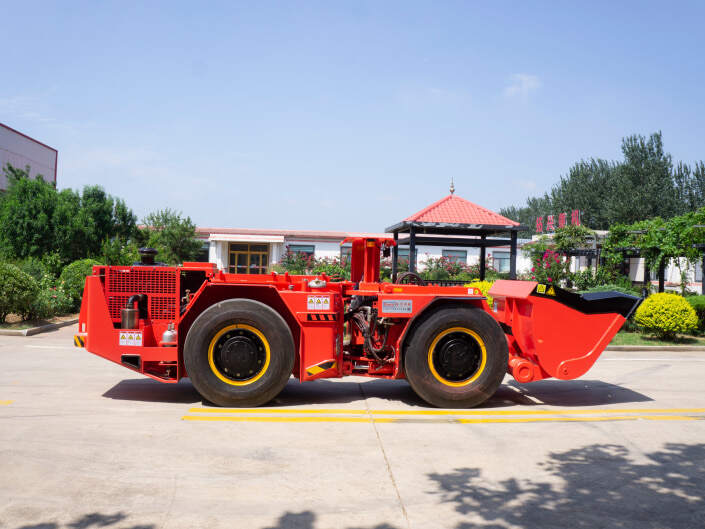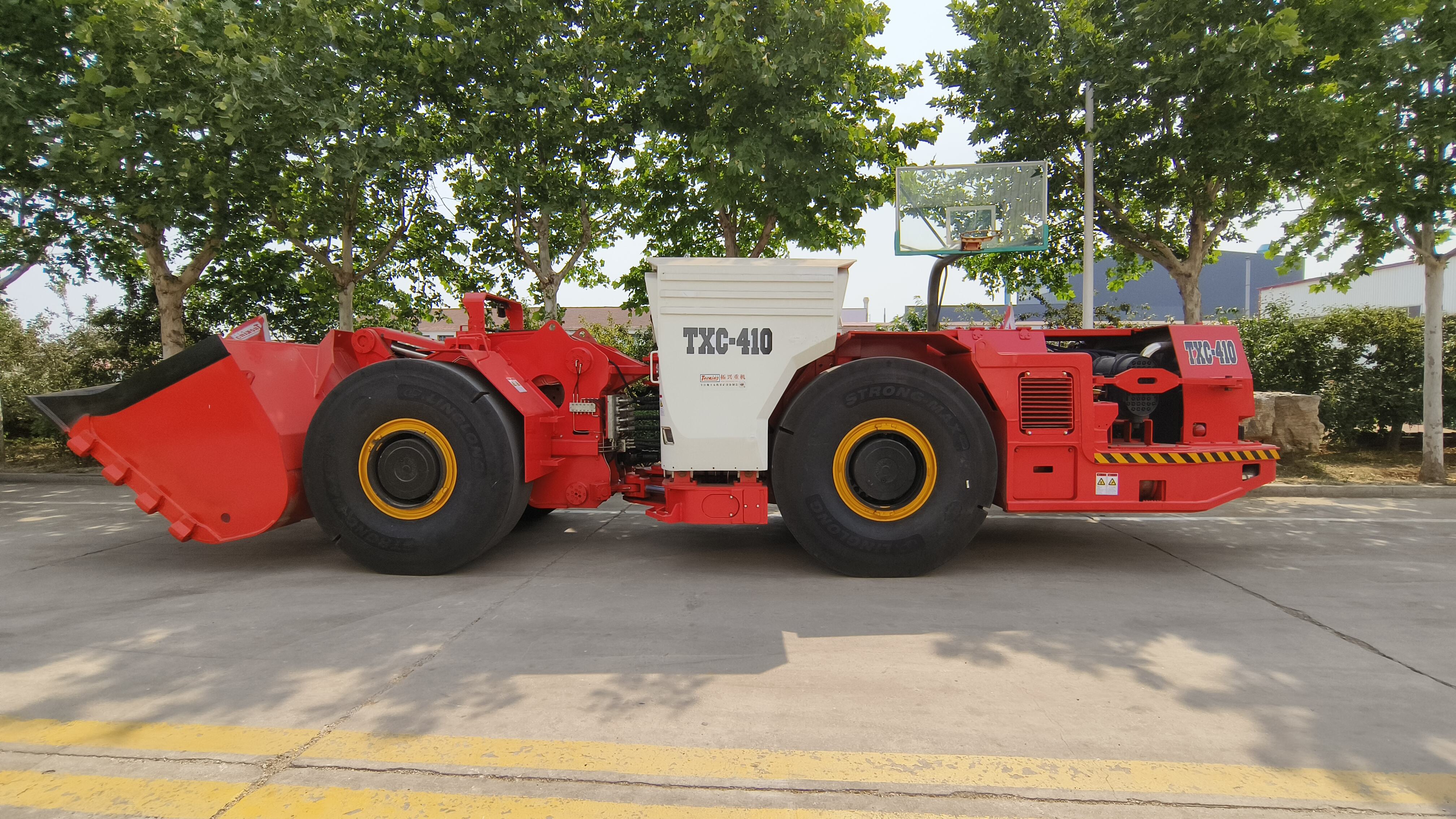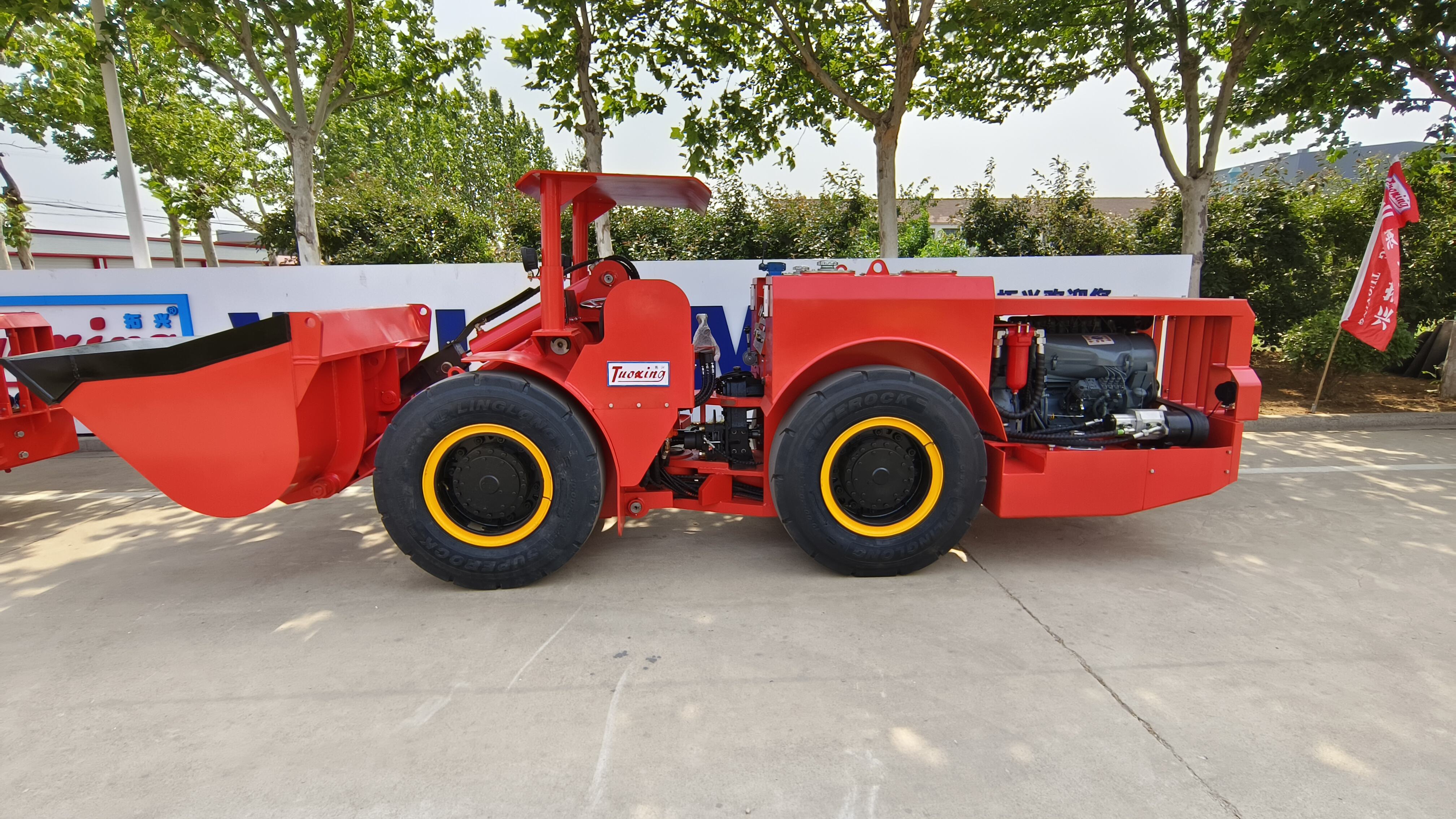gold underground
Gold underground refers to the intricate network of underground gold deposits and mining operations that have shaped human civilization for millennia. These subterranean treasures represent not just valuable mineral deposits, but complex geological formations that require sophisticated mining techniques and advanced technology for extraction. Modern gold underground operations utilize state-of-the-art equipment including hydraulic drills, underground vehicles, ventilation systems, and advanced geological mapping technology. These systems work together to ensure safe and efficient extraction while minimizing environmental impact. The underground mining process involves careful planning and execution, from initial exploration using geophysical surveys and core sampling, to the development of access tunnels and extraction methods. Advanced safety systems, including real-time monitoring of air quality, ground stability, and worker locations, are integral components of modern underground gold mining operations. These operations often extend several kilometers below the Earth's surface, requiring robust infrastructure for transportation, communication, and resource management. The gold underground represents a crucial source of precious metals for various industries, from jewelry and electronics to medical applications and financial reserves.

